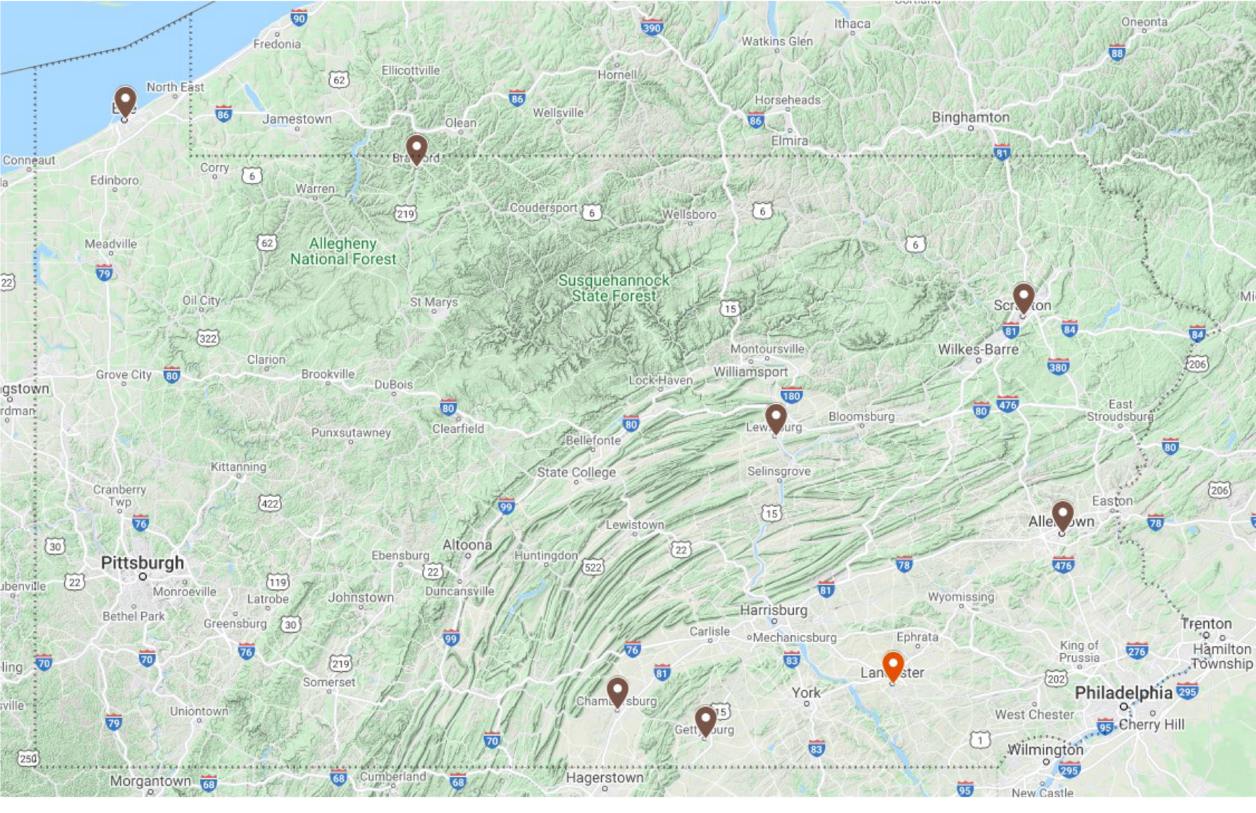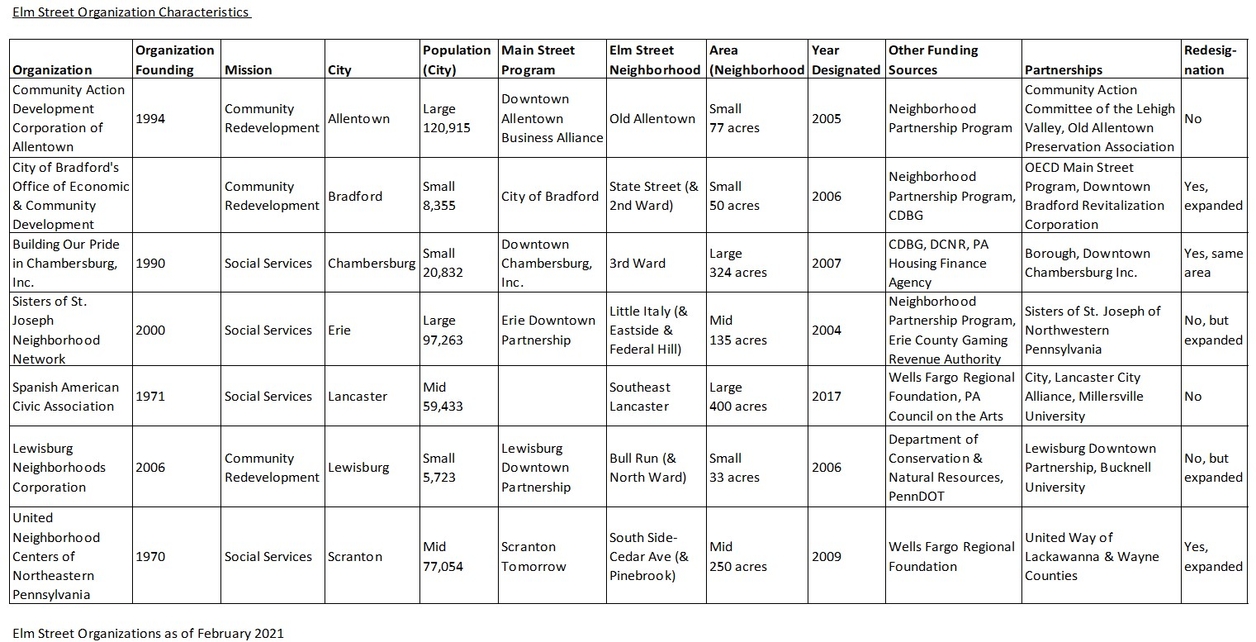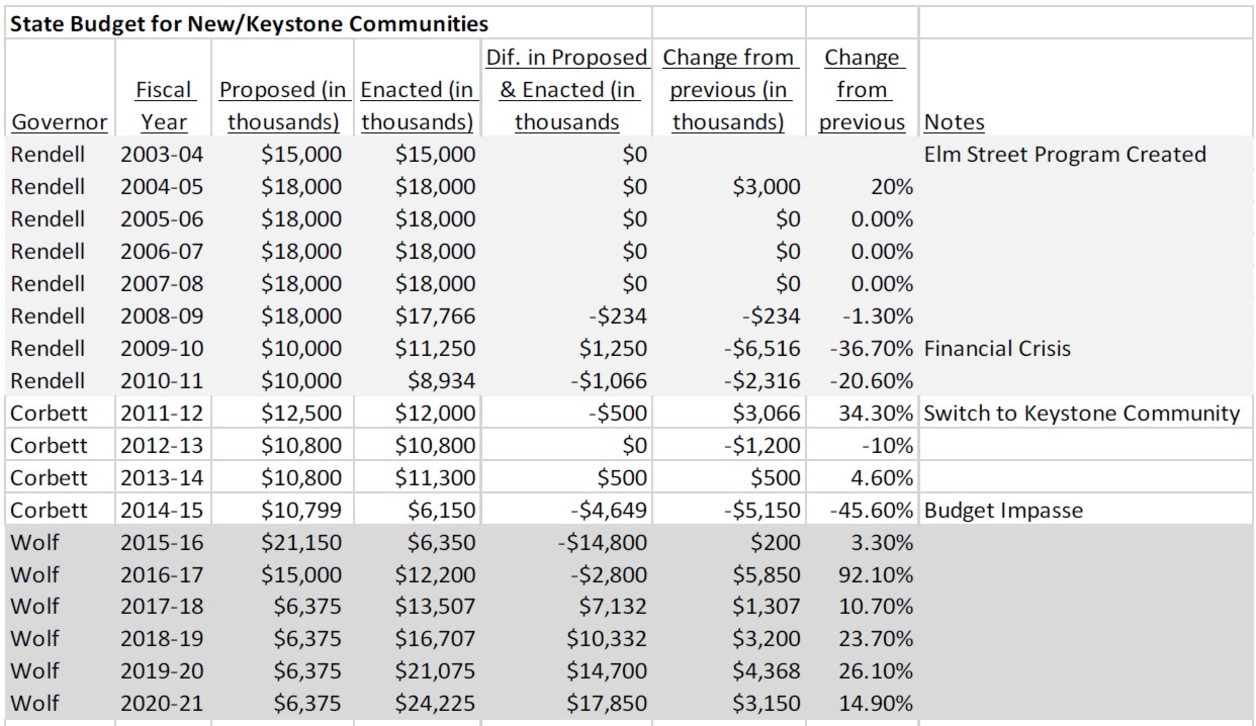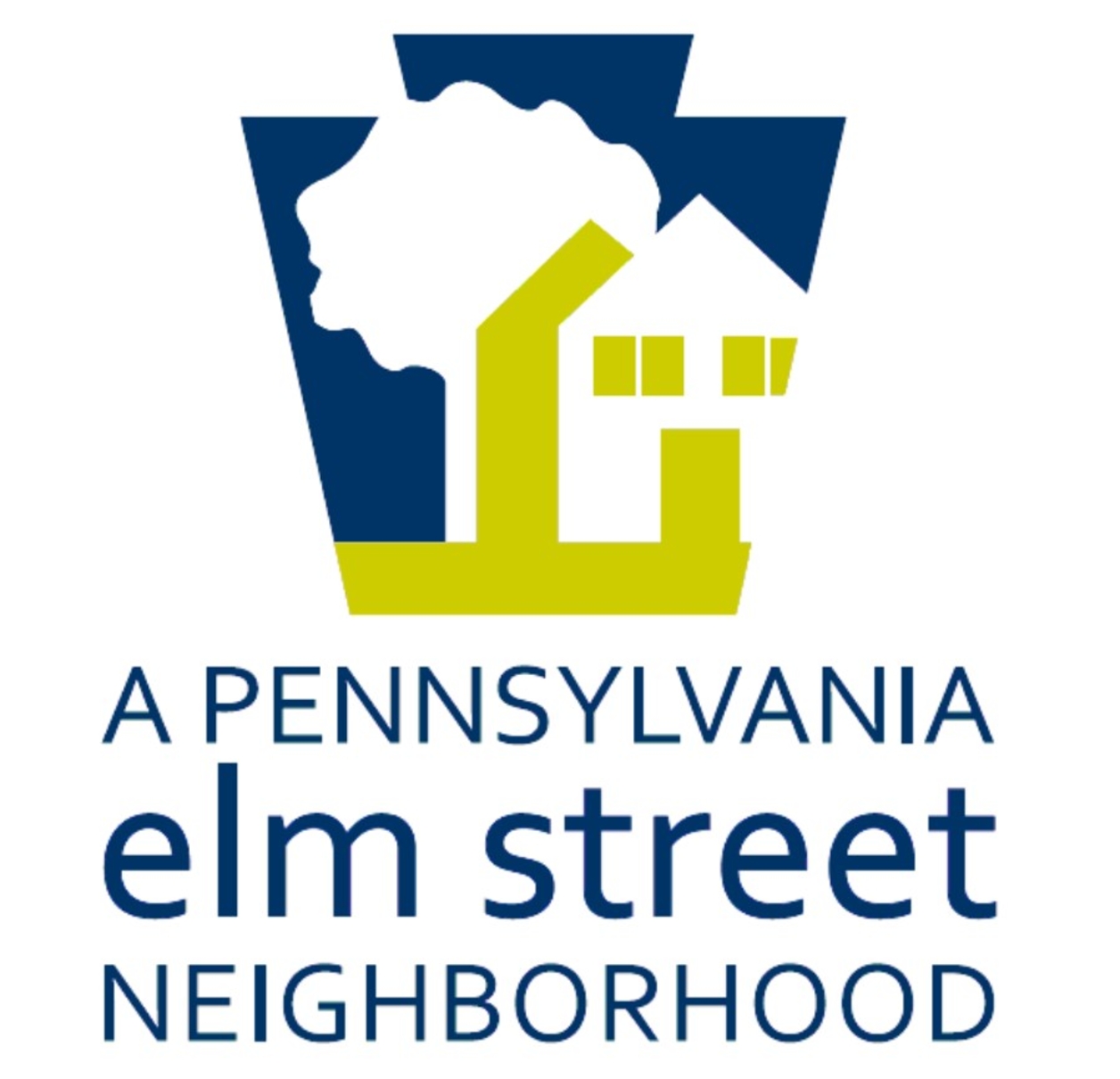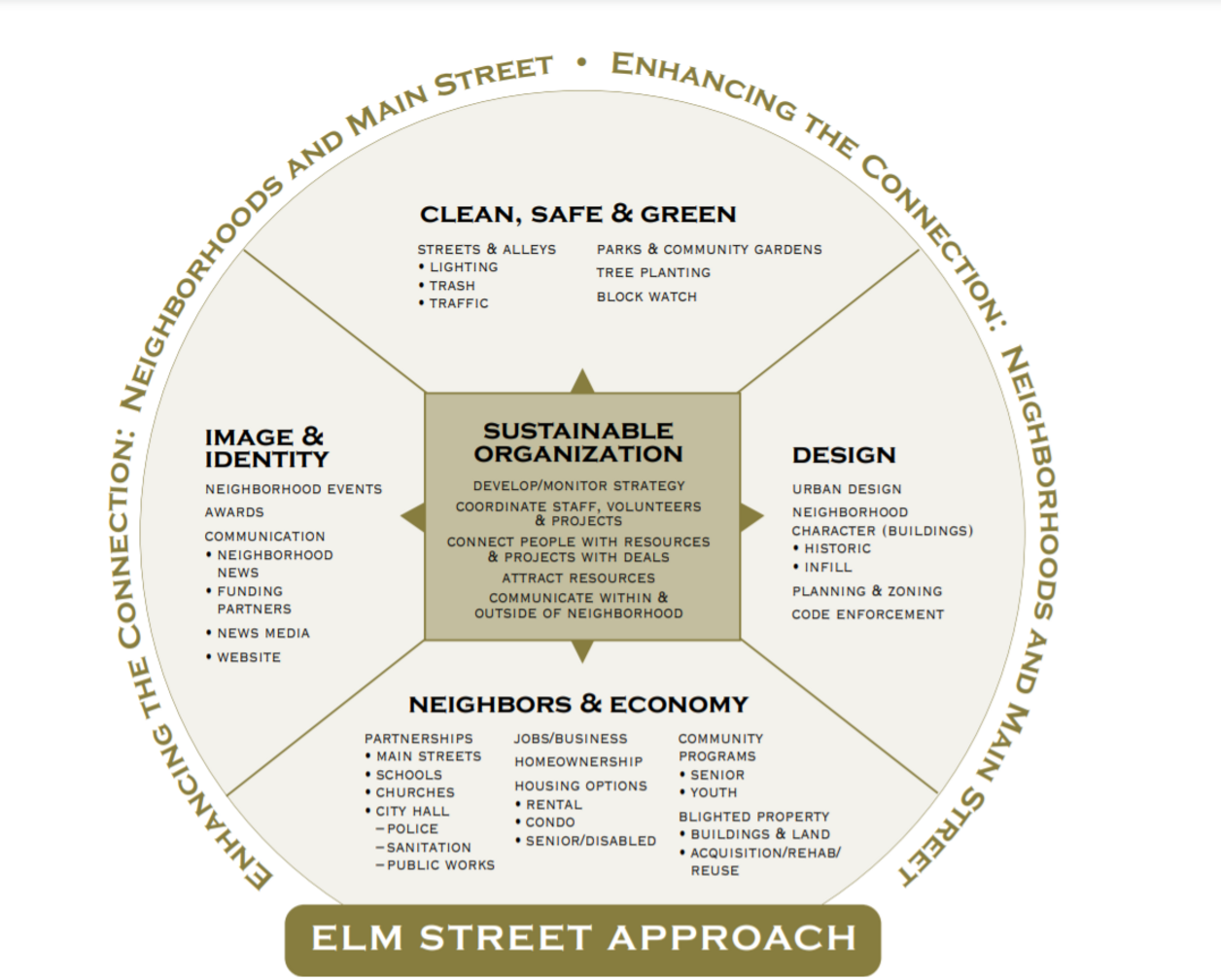Thesis: Hanna Stark
Many residential neighborhoods of Pennsylvania's older cities and towns have seen disinvestment and outmigration, which prompted Representative Robert Freeman to develop the Elm Street program. This program recognizes the interdependence of healthy residential neighborhoods and robust downtown commercial districts and shares the Main Street Four-Points Approach's principle of comprehensive, community-based strategies for revitalization. Presently, there is one designation Elm Street community with seven other "practicing" organizations that were formerly designated. This study fills a literature gap on the Elm Street program by detailing its development while evaluating Elm Street organizations' characteristics to provide recommendations to broaden and enrich the program's utilization. Interviews were held with many involved in the program's creation to understand how the program has evolved since enactment. Elm Street managers who implement the program were also interviewed. It was apparent that specific characteristics contributed to organizations' sustainability, such as mission, organizational partnerships, funding sources, size: area and population, CLG status, and redesignation. These were evaluated to develop a set of statewide recommendations and organization best practices with the hope to encourage broader use of the Elm Street program within new communities and existing organizations.


